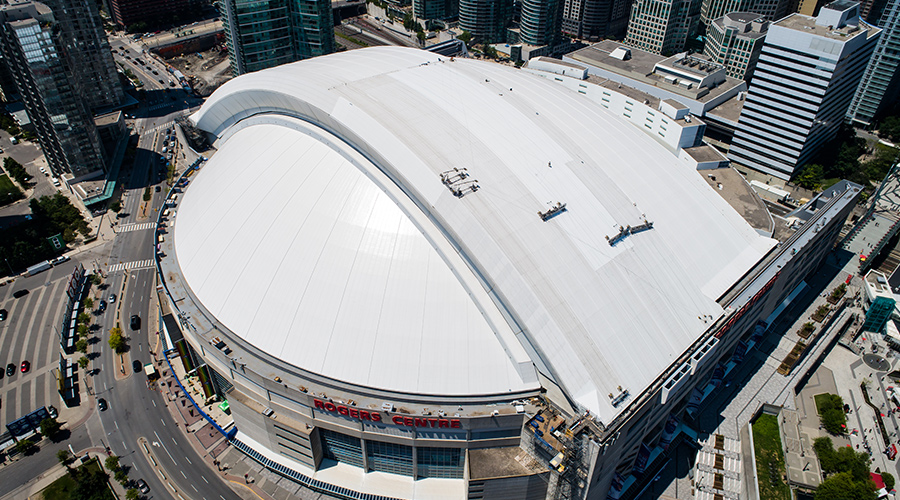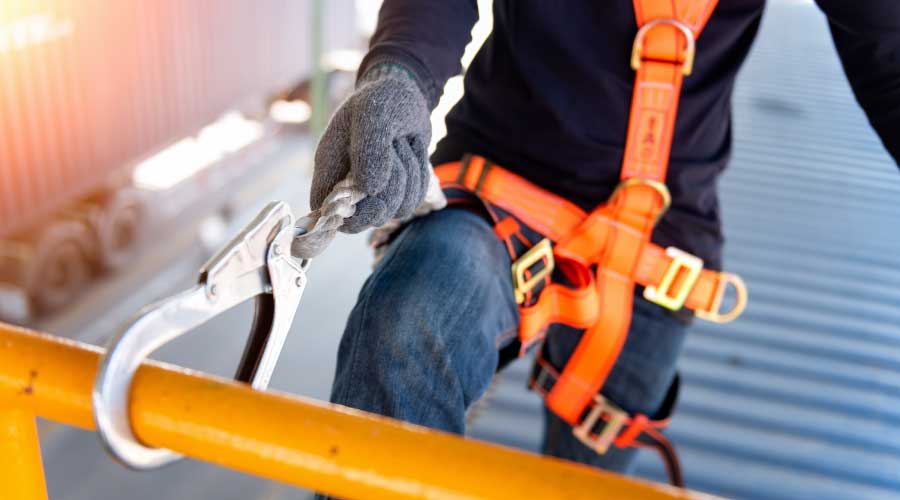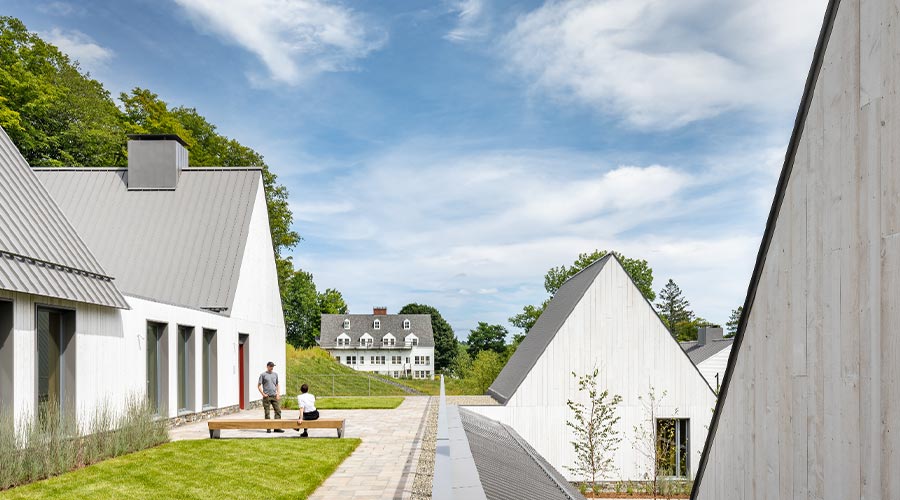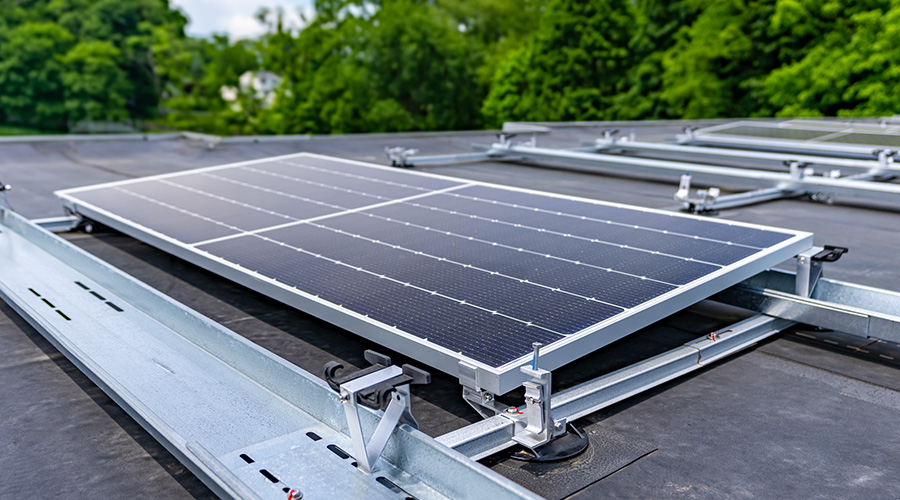Roofing: Design, Installation, Maintenance Impact Performance
Managers and owners identified roof design as the most important factor affecting long-term performance. A significant margin exists between the perceived importance of roof design compared to all other factors. Yet, too often, managers ask roofing contractors to submit a bid that simply includes the contractor's own design or scope of work, instead of specifying a design.
Without a detailed specification that allows all parties to bid "apples to apples," contractors hoping to secure the job often provide a design with the lowest cost. The manager is not getting the best design, just the cheapest.
A quality roof design contributes only 2-7 percent to the total cost of a 20-year roof system. Despite its low cost, design is the most important factor influencing a roof's performance.
Installation Insights
The labor to install a roof is the most costly factor and, in some cases, the greatest influence on roof performance. If the contractor does not install the roof properly, the roof will not perform up to expectations, no matter the quality of the roof design or materials.
A manager's primary consideration when choosing a contractor is ensuring it can provide a highly experienced, skilled, and conscientious roofing crew. Managers should check references and past performance.
Materials Management
New and improved waterproofing products continually enter the market. Unfortunately, new and improved can mean less expensive. The cost of the membrane, not its proven performance, too often is the overriding factor in choosing a roof system. But managers must keep in mind the difference in cost between a high-quality, time-tested roofing membrane and a low-cost commodity brand is usually less than 10 percent of the system's total cost.
Managers looking for long-term performance must do their research. The additional cost of high-quality, proven products is small in the context of the entire project and is well worth the investment. The proper design and installation of all other roof-system products beyond the membrane — insulation, fasteners, adhesive, sheet metal, etc. — is just as important.
Maintenance Matters
Managers should implement a proactive inspection and maintenance program immediately after the contractor installs the roof. Too many times, managers believe that because a warranty covers the new roof, they can ignore maintenance for the first several years of the roof's life.
But many design and workmanship deficiencies can develop within the first few years of a roof's service life, and the smallest defect can turn into a major problem if workers do not correct it immediately.
Construction Inspection
As previously mentioned, managers and owners consider the installation of the roof system as one of the two most important factors in a roof's performance. Installation also is difficult and dangerous, and for most roof-construction projects, it also is the largest cost.
Because of the high risk and costs associated with the installation, managers need to implement comprehensive construction inspection to ensure contractors adhere to the design specifications and quality-assurance requirements, as well as meet safety standards.
Warranty Considerations
The factor owners and managers ranked lowest in assessing the long-term performance of roofs is the manufacturer warranty. Some roofing membrane manufacturers sell roof warranties, not roofing membranes. Twenty years ago, a 10-year roof warranty for labor and material was the norm. Now, manufacturers offer 20- and even 30-year warranties.
Before paying $0.15-$0.20 per square foot for a 30- year warranty, it might be worthwhile to read the warranty limitations and exclusions. Managers need to remember that manufacturers write the warranty to protect themselves.
Among the warranty exclusions and special conditions that will make the warranty null and void:
- lack of proper maintenance
- unauthorized repairs
- failure to notify manufacturer within the prescribed time about the discovery of a leak
- traffic or material storage
- ponding water
- abnormal climatic conditions
- damage due to winds over 42 mph.
Manufacturers could declare nearly every roof-system warranty null and void based on these exclusions. Most anticipate that 80 percent of their warranties will be voided, lost, or forgotten.
As with any building component, there is no substitute for performing proper roof design, using time-tested products, using high-quality workmanship, performing construction quality control, and performing ongoing roof maintenance. The risks of shortcutting any of these factors are too high to ignore and often lead to costly, premature roof failure.
Kent Mattison, P.E., is a senior consultant, president and partner with Benchmark Inc., a roof and pavement consulting firm in Cedar Rapids, Iowa.
Related Topics:












